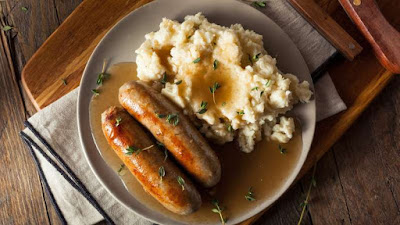These Instant Pot Chicken Wings are the perfect easy appetizer to serve at parties, for game day or any time you feel like having a lip smacking hearty snack.
INGREDIENTS:
| 1 cup | water |
| 4 pounds | chicken wings (fresh or frozen, bone-in) |
| 5 tablespoons | soy sauce |
| 3 tablespoons | Mirin |
| ½ cup | honey |
| ¾ cup | water |
| 3 tablespoons | sesame oil |
| 1 tablespoon | garlic (minced) |
| 1 tablespoon | ginger (minced) |
| ¼ teaspoon | red pepper flakes (or more) |
| 3 tablespoons | cornstarch |
| 3 tablespoons | water |
DIRECTIONS:
Here's what you need-
- All you have to do is add either fresh or frozen wings to the Instant Pot, add water and cook on High Pressure per recipe directions.
- Release pressure, remove wings from the Instant Pot and toss in your favorite sauce.
- Broil for a few minutes, checking often so the wings don’t burn. Flip once during broiling in order to ensure even browningCooking wings in the Instant Pot or any other pressure cooker is very easy and it involves just a few steps:
- Broil for a few minutes, checking often so the wings don’t burn. Flip once during broiling in order to ensure even browning.Release pressure, remove wings from the Instant Pot and toss in your favorite sauce.
- All you have to do is add either fresh or frozen wings to the Instant Pot, add water and cook on High Pressure per recipe directions.
Enjoy...Eat and drink Well My Friends!








